By John Spindler
In the first week of October 844, Emir Abd ar-Rahman II of Cordoba learned disturbing news: Vikings had captured Seville. From the accounts he heard, the emir gleaned that they were the al-Madjus. The Moors described the western Vikings with that name, which translated to “fire worshippers.” A month earlier, the emir had received a dispatch from the governor of Lisbon about raiders from the sea who had seized that city, as well. The emir wondered if these were the same men.
The Vikings had sailed from their base at the mouth of the Loire River that summer to raid the northern coast of Iberia. Having plundered coastal towns and monasteries, the warriors continued pillaging along the Iberian coastline. They occupied Lisbon for 13 days in the late summer.
Keenly aware of the great wealth of the Muslims, the Viking raiders eventually sailed up the Guadalquivir River to Seville. They knew that the city’s great mosque would contain vast amount of treasure, much of which would be crafted from gold. For six weeks the Vikings occupied the city, but they eventually withdrew in the face of superior forces.
The key that enabled Vikings to be able to carry out swift raids was the longship. The longship made it possible for Vikings to navigate a wide range of maritime and riverine locations, including seaports, shallow coves, and navigable rivers. Strong, slender, and flexible, the longboat’s most crucial characteristic was its very shallow draft, even when fully laden with troops, equipment, and plunder. From the coasts of Europe to rivers across the continent, the longship became the feared symbol of the Vikings.
The Viking Age is generally considered to have begun with the raid on Lindisfarne in 793 and ended at the Battle of Hastings in 1066. The development of the longship allowed for the accomplishments of the Northmen during this era. Until the mid-18th century, the longship was only known from literary sources, coins, pictures, and stones. One of the most elaborate depictions of it is on the Bayeux Tapestry, the 230-foot-long embroidered linen strip that depicts the Norman Conquest of England.
An early Viking ship was unearthed in a bog in 1920. Known as the Kvalsund ship and built around 700, the ship possessed a rudimentary keel, an important characteristic, for it improved the ship‘s strength and stability. The ship appears to mark the transition from a vessel propelled solely by rowing to one that had a keel and could also be powered by wind using a sail. At some unknown point in time, the Vikings began to build all of their ships with a mast and sail.

By the close of the 8th century, Viking longships could be used for raids beyond the Scandinavian littoral. Called karvi, these vessels had between six and 16 rowing benches and were between 55 and 75 feet long.
With a length-to-width ratio of 9:2, longships were multipurpose vessels used for trade, fishing, and raiding. At the Oseberg farm in the Vestfold, Norway, archeologists excavated a karvi from a burial mound in 1904. This ship was about 70 feet long and 16 feet wide and possessed a T-shaped keel that allowed for a sail.
Like its Kvalsund predecessor and its subsequent successors, the karvi used clinker-built construction. In this type of ship, the hull was built with a series of overlapping strakes; that is, the planks used for the vessel’s sides, which were fastened with iron nails. Viking shipbuilders hewed these planks by axe to provide maximum strength. By following the natural grain of the wood, the builders increased the flexibility needed to bend the plank during the ship’s final phase of construction.
The Vikings preferred oak for their longships. They used pine to for the mast and rowing oars needed for their longships. The Vikings perfected the art of having the hull, mast, and rigging function as a single unit. In addition to lumber and iron nails, the large square sail was made from wool. They used animal hair, hemp, or wool soaked in pine tar to stuff in the strakes’ overlaps to ensure water tightness.
The Vikings made efficient use of all available room aboard their narrow longships. Instead of rowing benches, Viking oarsmen sat upon their sea chests. They hung their shields on the ship’s sides so they did not take up precious room inside the vessel.
The Vikings did not establish formal standards for their construction techniques. Instead, master shipbuilders passed down to their apprentices by word of mouth the proper construction techniques for longships.
Viking longships used both sail and oars for propulsion. Under sail with a good wind, replica ships have reached 20 knots. When the weather did not cooperate or while they were in close-quarters in combat, the Vikings used oars. A good crew using its oars could sustain six knots for a short period of time. The Vikings lowered their masts and sails when approaching the coast to make them less visible to people on shore whose homes or villages might be the targets of a raid. When maneuvering in the shallows along the coast, they used their oars.
In contrast to the karvi, Viking shipbuilders in the 10th century constructed their longships with a length-to-breadth ratio of 7:1. This ratio furnished better speed, flexibility, and maneuverability than earlier designs. Among the class of ships that were constructed with the 7:1 length-to-breadth ratio was the snekkja (snake). Though they were among the smallest longships employed in warfare, they were the most common. With a minimum of 20 rowing benches, giving a crew of at least 41 men, a typical snekkja was around 56 feet long, slightly more than eight feet wide with a draught of just 18 inches.
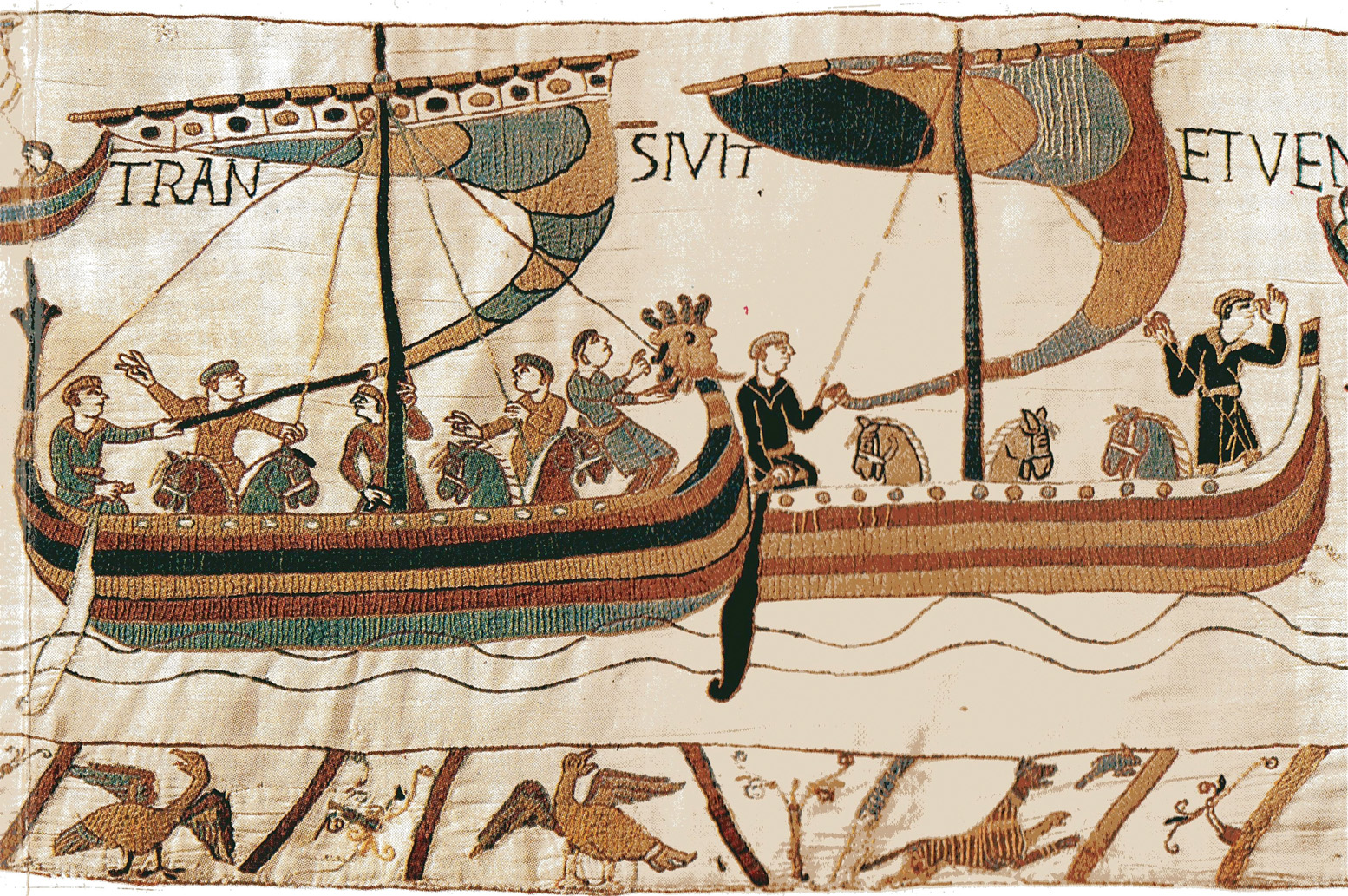
A snekkja could be beached for the night instead of having to use a port. The light weight also allowed it to be portaged. Archeologists recovered a snekkja in 1962 near Skuldelev in Denmark’s Roskilde Harbor. Vikings had sunk that ship and four others to form a defensive barrier in Roskilde Fjord that made it possible for them to control the sea routes to what was one of Denmark’s great royal cities.
Regional differences existed among longships. A Danish-built ship tended to have shallower draught than those built in Norway, which was undoubtedly influenced by Norway’s deep bays and fjords. Swedish vessels generally were of smaller size due to their mainly being used on the major rivers in Russia.
Larger longships have been given their own classifications. While maintaining the 7:1 length-to-breadth ratio, one type of these, known as a skei or skeide, had at least 30 rowing stations. This enabled it to accommodate at least 61 men. A 120-foot-long skeide, estimated to have been build around 1025, was found in Roskilde Fjord in 1997 and had room for a crew of 100.
The massive drekar or drakkar (dragon) is known primarily from historical sources, given that only has never been found.
These enormous vessels were used only by the wealthiest Vikings. Modern historians and shipwrights calculate the snekkja found in Skuldelev took 27,000 man-hours to hew the planks, forge the metal components, weave the sail, and complete other time-consuming tasks. A drakkar or a skeide would have required an even higher quantity of man-hours. Though as large as the longest skeid, the drakkar has been described as more ornately decorated and possessing a dragon or serpent as a masthead.
Longships were ideally suited for the sea-faring needs of the Norse. Vikings could easily beach their vessels in order to conduct quick hit-and-run raids on vulnerable coastal trading centers and monasteries in search of slaves, gold, and other valuables. The vessels then could be launched quickly when the raid was finished or if the local defenses proved too strong. Major inland cities that otherwise normally felt safe from foreign invaders experienced the wrath of the Norsemen. Among such places were London on the Thames, Paris on the Seine, Dorestad on the Rhine, Seville on the Guadalquivir, and Pisa on the Arno.
Scandinavian Vikings, known as Varangians, traveled by land and up rivers into Russia in the 9th and 10th centuries. Rurik, a Varangian prince, founded the Rurik Dynasty in 862. The Varangians built a successful trade route using the river network from the Baltic Sea through Kiev to the Black Sea and the city of Constantinople. The light weight of Viking longships, including the snekkja, allowed them to be portaged between navigable rivers such as the Dnieper, Don, and Volga.
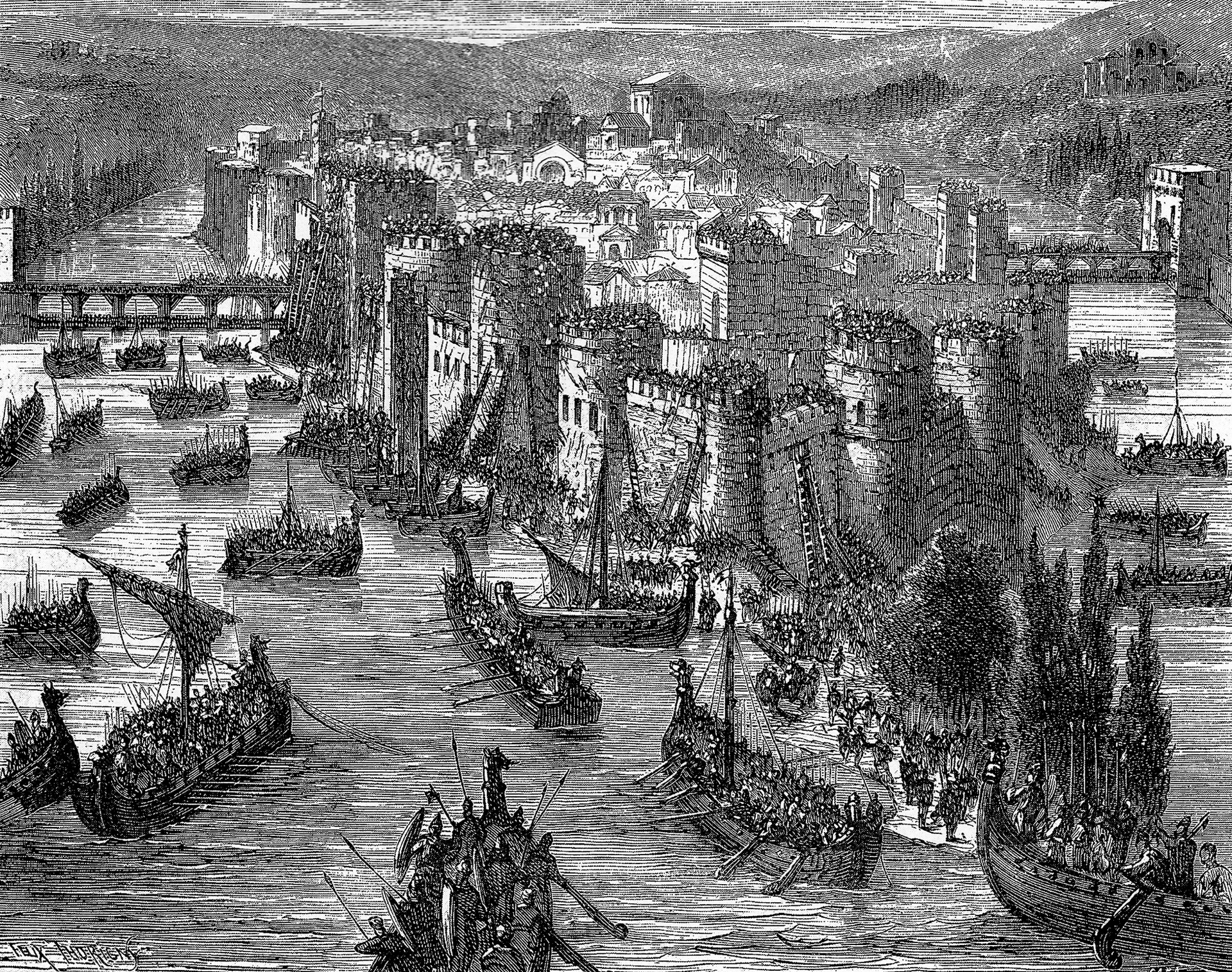
In addition to being a critical part of their success in raiding the coastlines of Europe, Vikings used the snekkja, skeid, and drakkars in naval battles against rival Vikings and foreign foes alike. Unlike the warships of the ancient Greeks and Romans, archeological evidence so far has shown the longship did not possess a ram to sink an enemy vessel, even though northern sagas speak of them. Rather, the Vikings used similar tactics in naval clashes to those they employed in land battles.
When the opposing fleets came within range, Vikings hurled spears and fired arrows at their enemy. Once the two sides closed for battle at sea, the two opposing sides lashed their ships together to form a floating platform. However, a few independent ships took up positions on the flanks. Typically, the flagship was placed in the middle of the floating platform. This was because it was taller, and its gunwales were higher than the other vessels.
The attacking fleet would then throw grappling hooks to secure to the enemy vessel, usually focusing on those with lower gunwales. Next, the Vikings would fight their way aboard the enemy ships. They would then form shield wall, as they would on land, and assail their enemies with their axes, spears, and swords. The attackers kept their assault going from ship to ship until the outcome was determined. Due to their value and construction cost, Vikings sought to capture ships of all types, not just longships, rather than trying to sink or burn them.
Figures specifying the types of ships, as well as the number of ships and men involved in sea battles, are scarce, as few contemporary accounts survive. In the largest naval battle in Norwegian history, the Battle of Nesjar in 1016, no primary source accounts exist, although it is believed to have been a severe fight with heavy casualties.
At the Battle of Svolder, fought in the western Baltic Sea on or about 1000 between Norway and an alliance of Denmark, Sweden, and the Jarls of Lade, the Norse sources report the Norwegian fleet at 11 ships arrayed against as many as 82 warships of the alliance. No exact losses are given for the alliance, but all Norwegian ships were captured and both sides suffered heavy casualties.
The Varangians were drawn to Constantinople by tales of that city’s wealth. They made several attempts to capture the city. In a naval engagement in 941 ad, for example, a Byzantine fleet of 15 Byzantine galleys, known as dromons, defeated a larger Rus fleet. In their encounters with the Byzantines, the Vikings were shocked by Greek fire, a weapon they had not encountered before, which used by the crews of the dromons.
The Vikings would not have been able to make their mark on lands outside Scandinavia without the longship. Taking careful note of the versatility of the longship, other kingdoms such Anglo-Saxons and Normans adopted it as a model for their fleets. The Viking longship design was so successful that it remained widely used until it was replaced by the cog beginning in the 13th century.
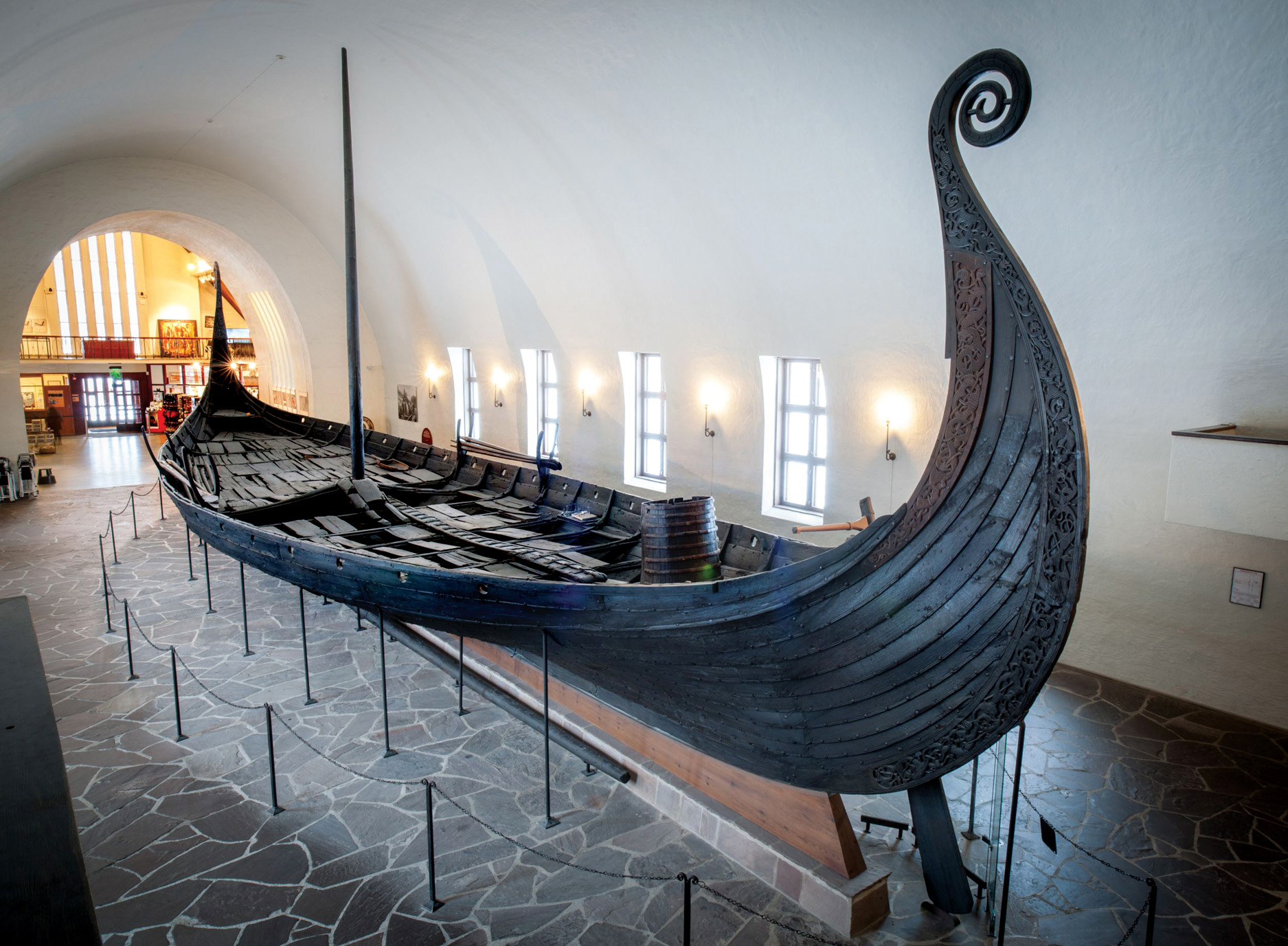
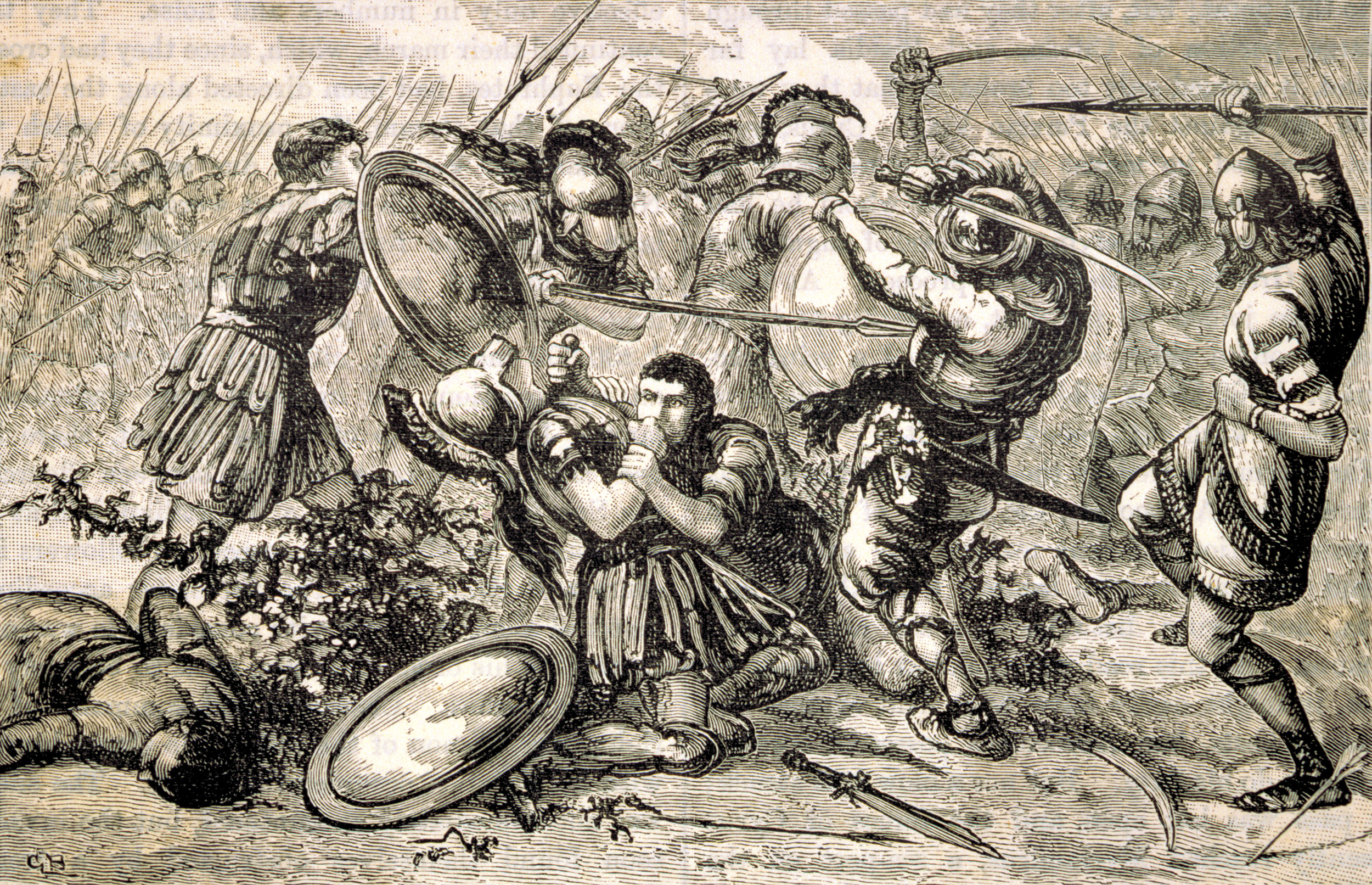
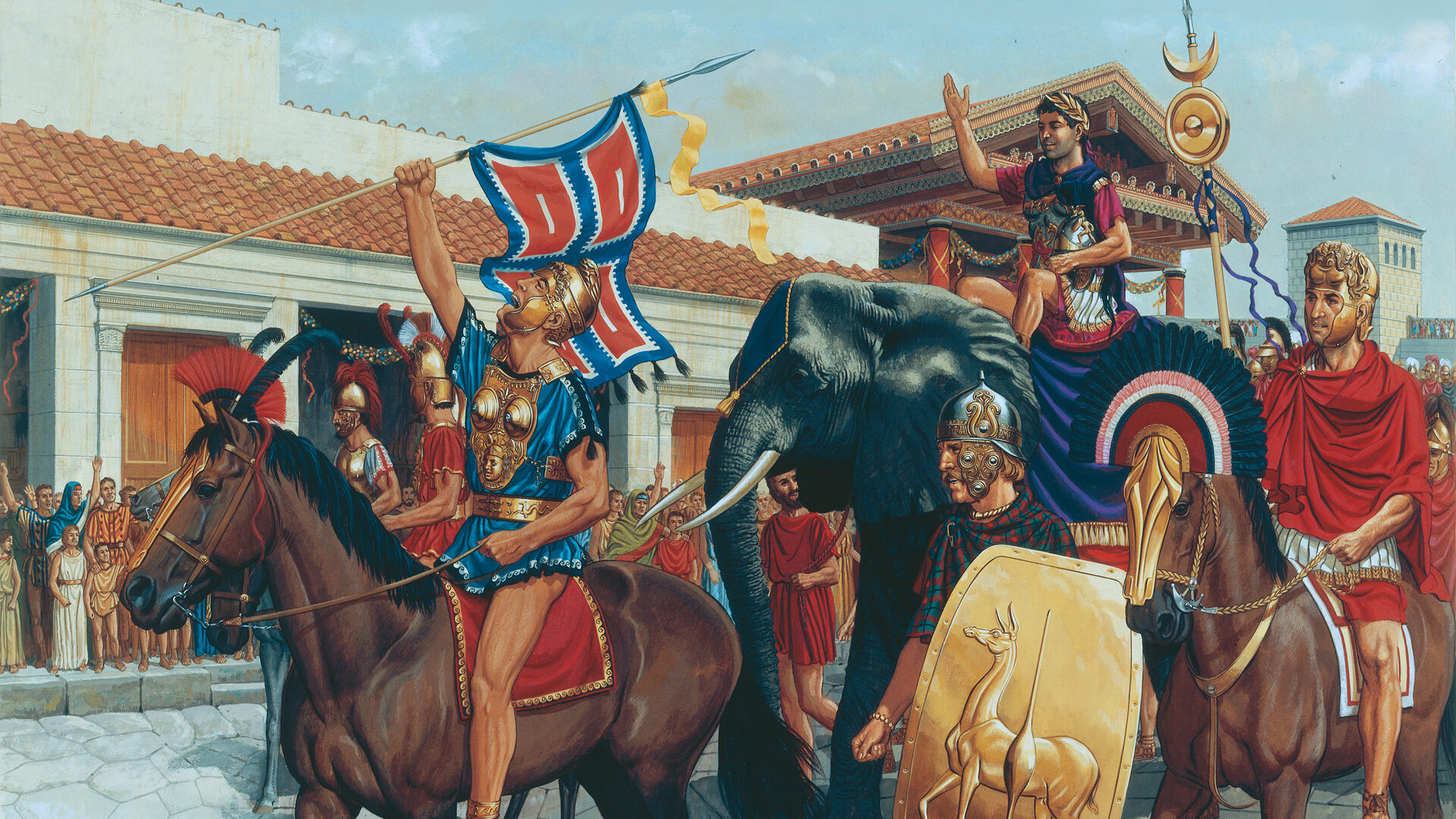
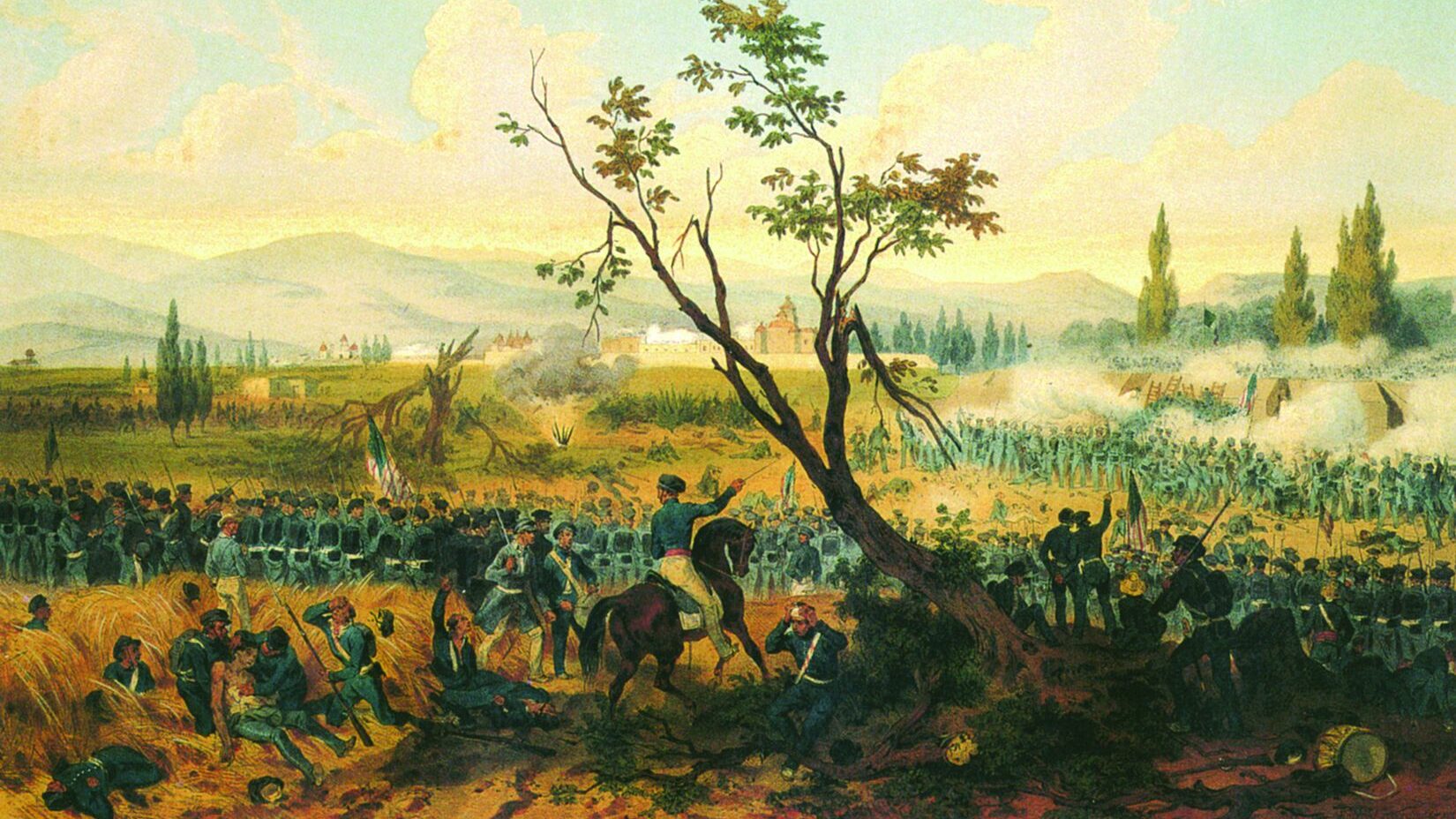
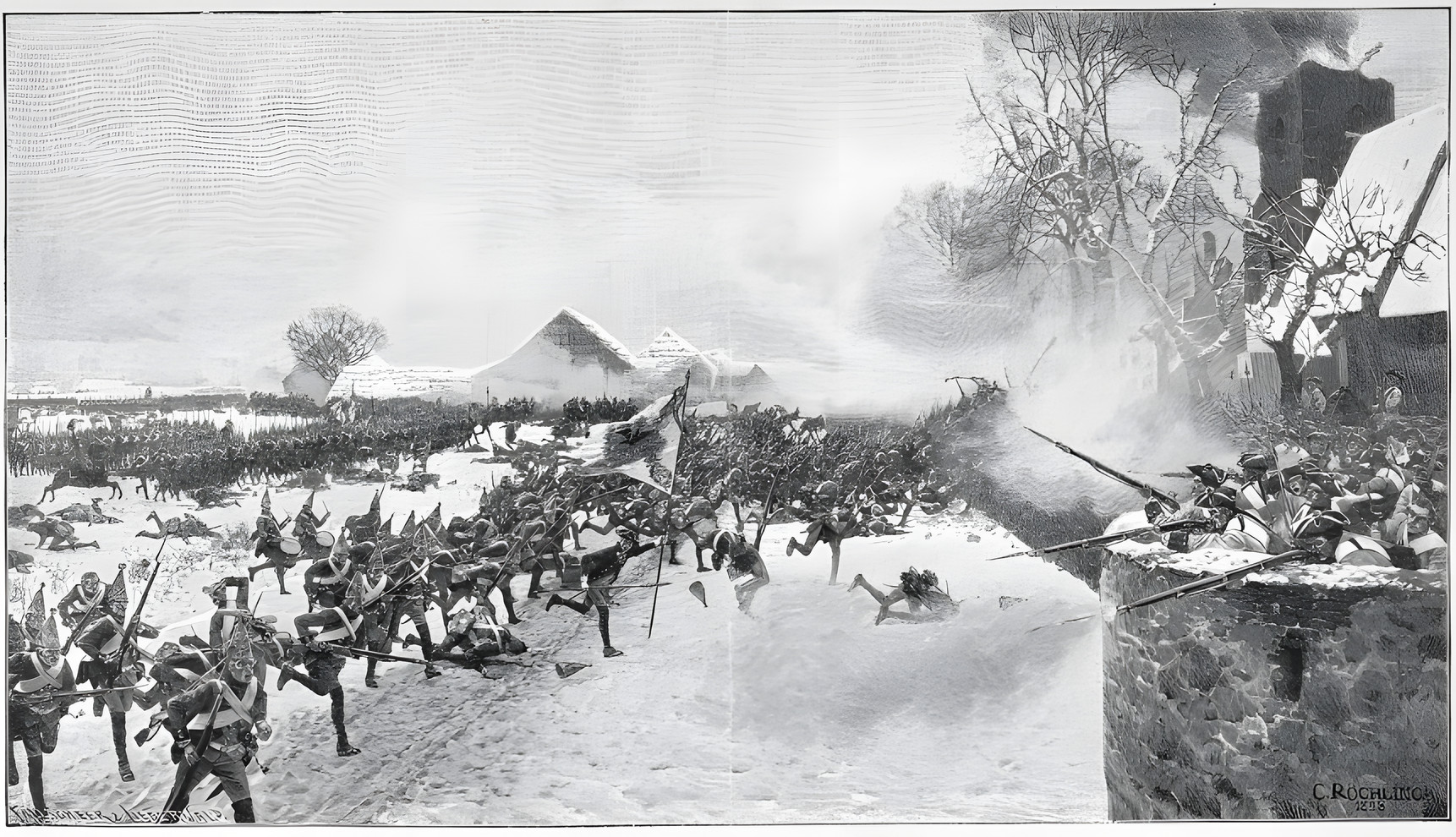
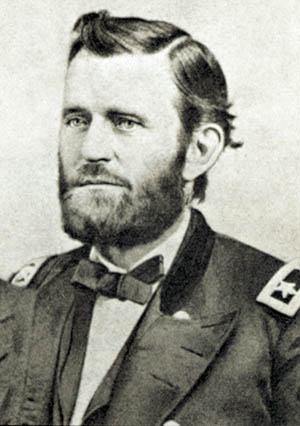
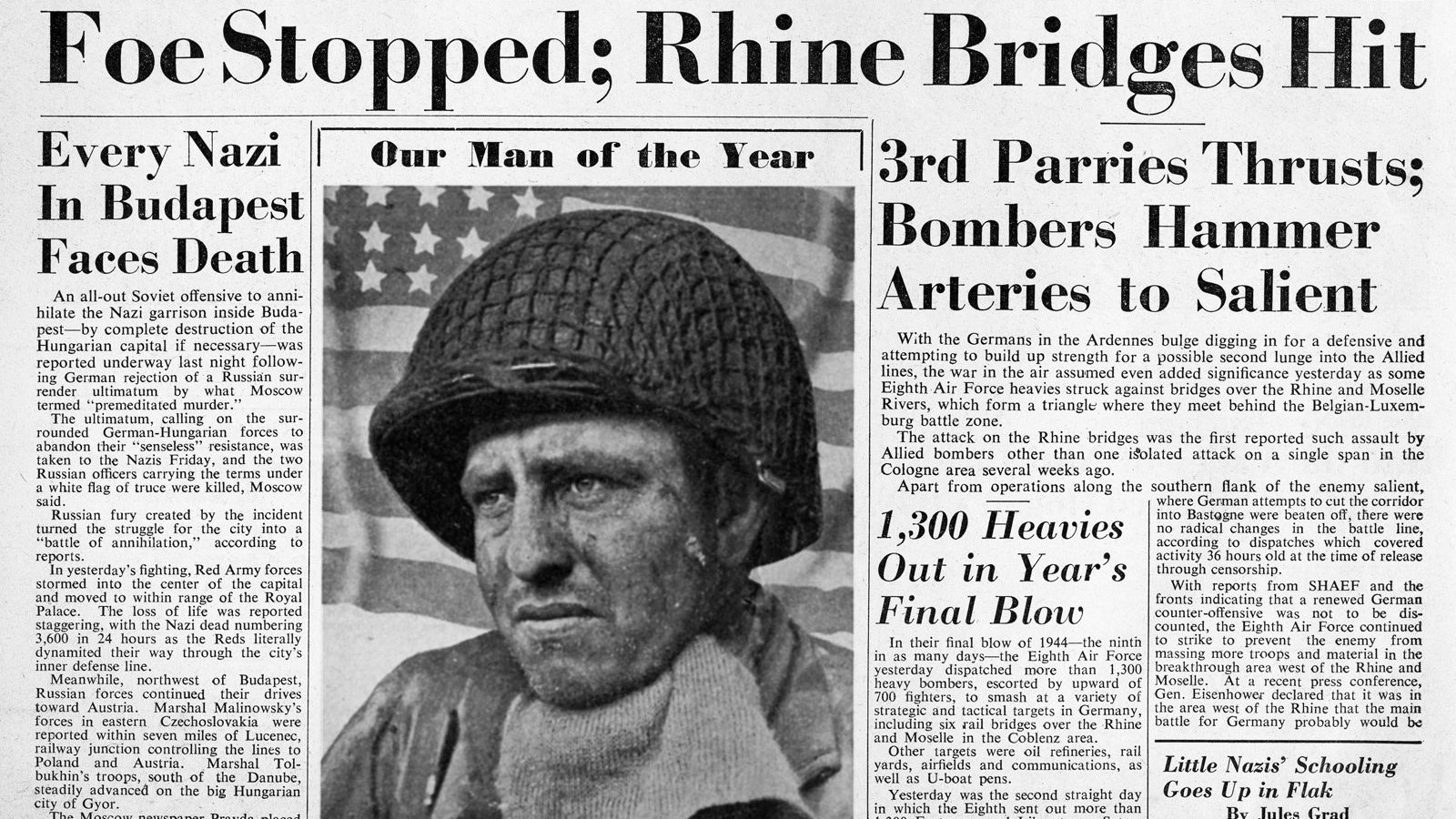
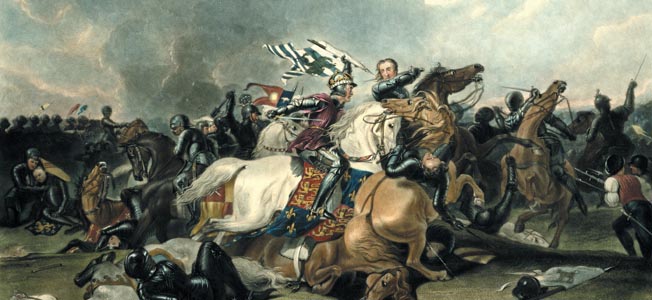
Join The Conversation
Comments
View All Comments